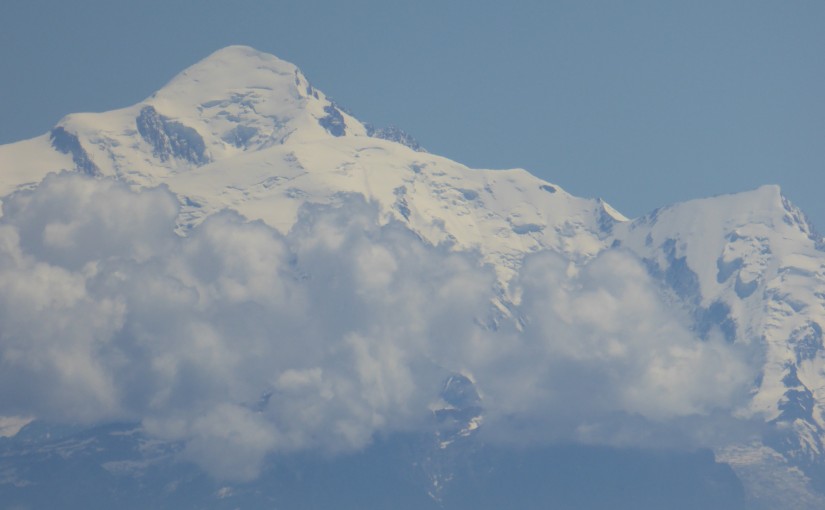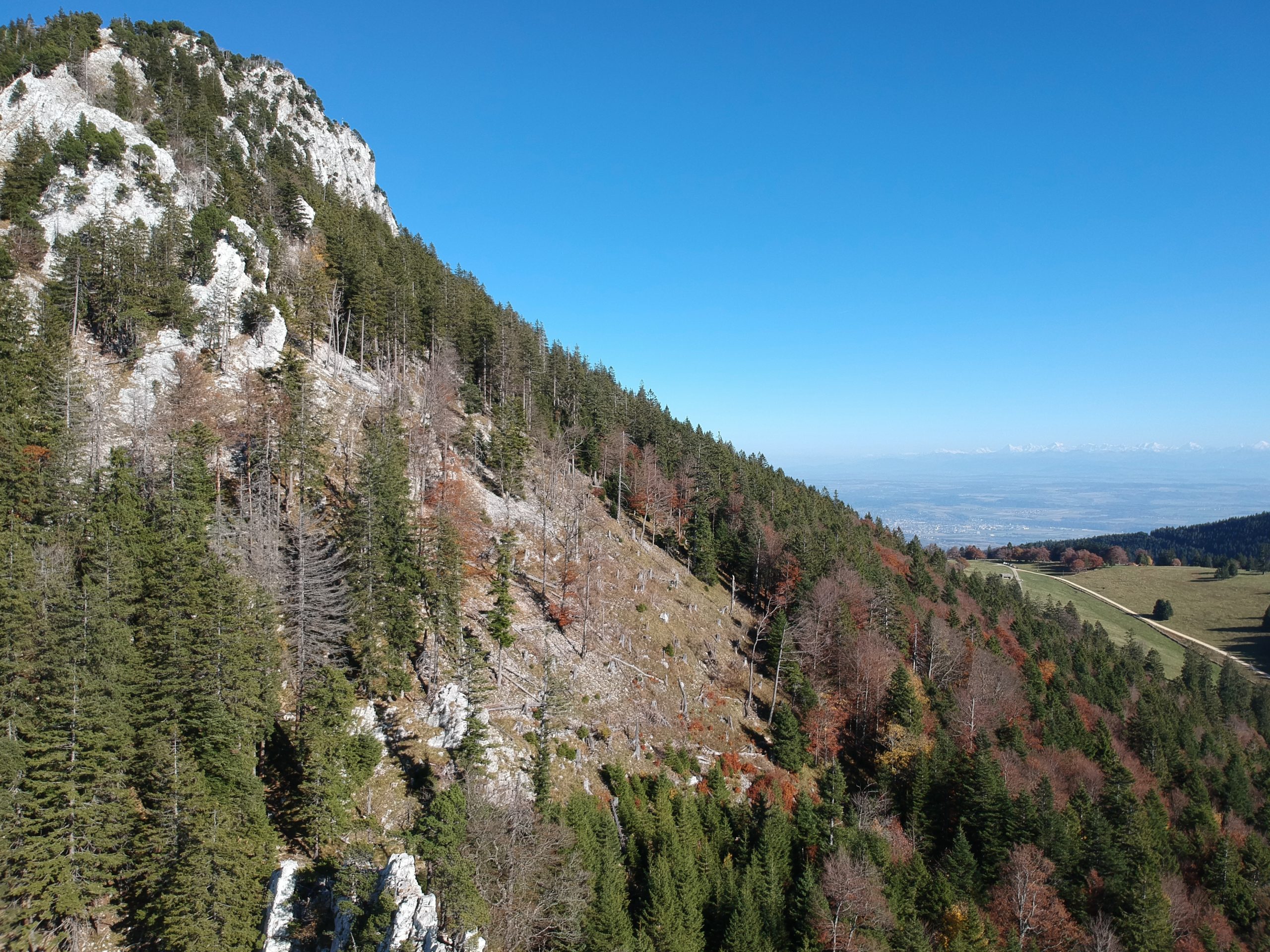Tag: drones
-

Mavic 2 Pro – For When I fly More Often
Reading Time: < 1 minuteThe Mavic 2 Pro just came out and people are euphoric about the drone because of its one inch sensor, it’s ability to zoom and it’s omnidirectional systems keeping an eye on the environment below, behind, above and ahead of it. It also has a flying time of 31 minutes. I’m…
-

A list of drones I have tried this year.
Reading Time: 3 minutesTrying various drones This year I finally bought a few drones to play with and DJI and Hubsan are currently my favourite brands. The most fun to fly indoors is the Hubsan Nano Q111 drone, or something to that effect. At first this is a hard and temperamental little drone to fly.…
-
K2 With a Drone
Reading Time: 2 minutesK2 with a Drone is a documentary following Petr Jan Juracka, a scientific photographer’s trip to K2 with Klara Kolouchova with two drones. He performed extensive testing before setting off on the trip. He flew the drone in a hyperbaric chamber to see how it would react. He flew it in freezing…